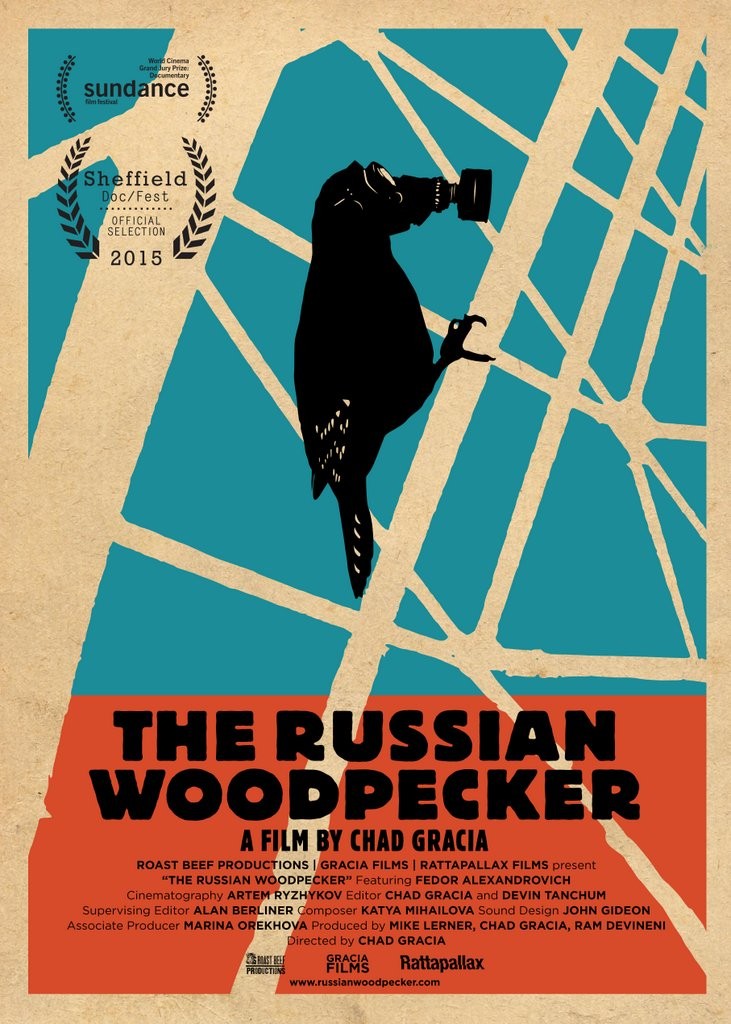
Many thanks to SWLing Post contributor, Andrea Borgnino, who tweets:
The Russian Woodpecker movie is now on Vimeo, Google Play & Itunes:
Thanks, Andrea!
It appears the movie costs $9.99 (buy) or $3.99 (rent) via Google Play, $12.99 (buy) via iTunes, and $12.99 (buy) or $4.99 (rent) via Vimeo on Demand.
Via Amazon, the movie costs $9.99 (buy) or $4.99HD/$3.99SD (rent) but, if you’re an Amazon Prime member, it’s offered as a “free” stream. If I can finish a few projects on my table, I hope to watch this tonight.

It’s a terrific film. Essential viewing for anyone who suffered from the interference the woodpecker created on the bands for years. There is awesome photography of the Duga antenna, but there is soooo much more than that to see. It was way better than I expected. No spoilers, just go watch it. I have an Amazon Prime account, so I watched it for free. I might buy a copy to always have it available. Highly recommended for anyone who was a ham during the woodpecker days, and for the newer folks too, if the history of technology interests you.
Thanks for the tip on the film: The Russian Woodpecker. From what I can gather from online reviews this film seems to be more about artist Fedor Alexandrovich than the actual Soviet Duga OTH radar. Nonetheless, I have been looking for the DVD or streaming releases. I may wait until it is available from Netflix. Good reviews from SWLing Post viewers might convince me to pay Google Play for streaming sooner than that.
Unfortunately, I heard the Woodpecker countless times while I was SWLing during the ’80s.
After returning to SWLing last spring I heard current OTH radars on SW, probably 29B6 Container from the Russian Federation or the British Pluto. I am convinced there is another system out there that has a much different sound on AM or USB, but haven’t a clue as to what it may be. I’ll try to record it next time I hear it.
There are likely more out there, for example that Iranian OTH I learned about last year, but this stuff is hard to distinguish e.g. from the several ionosondes (which are often operated in radar mode and generally do a similar thing, except their antennas are beaming at more upward angles) and possibly some broadband digital coms, these signals sound quite similar today – clusters of very fast, and short pulses, nothing like that old woodpecker sound.